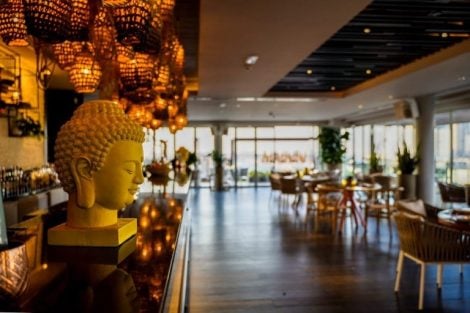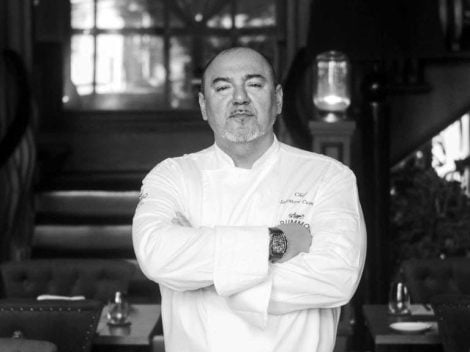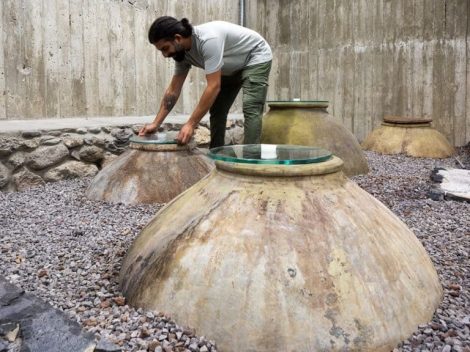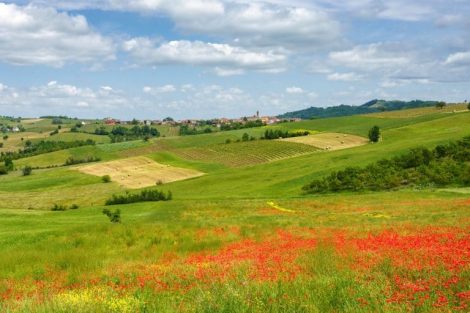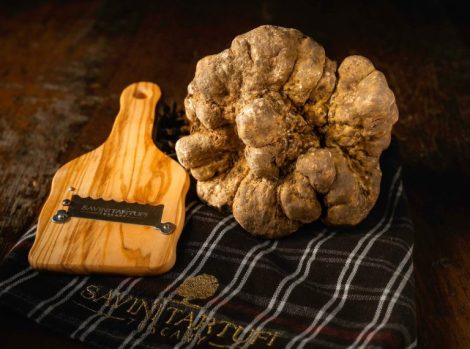by Carlotta Sanviti
The Sannio is changing, thanks in part to its young winemakers. One of them is the Fappiano winery, which this year, for the first time, received the prestigious Tre Bicchieri award from Gambero Rosso for the Falanghina del Sannio ‘22 (here are the best wines from Campania). In San Lorenzello, a hidden village at the foot of the Matese Massif in the province of Benevento, Mario Fappiano, 40, and his family have been producing wine for four generations. But it’s only in recent years that the small winery has taken things seriously. "I couldn’t believe it," says the emotional producer over the phone from his winery, immersed in pressing grapes for the new harvest alongside his father, Antonio.
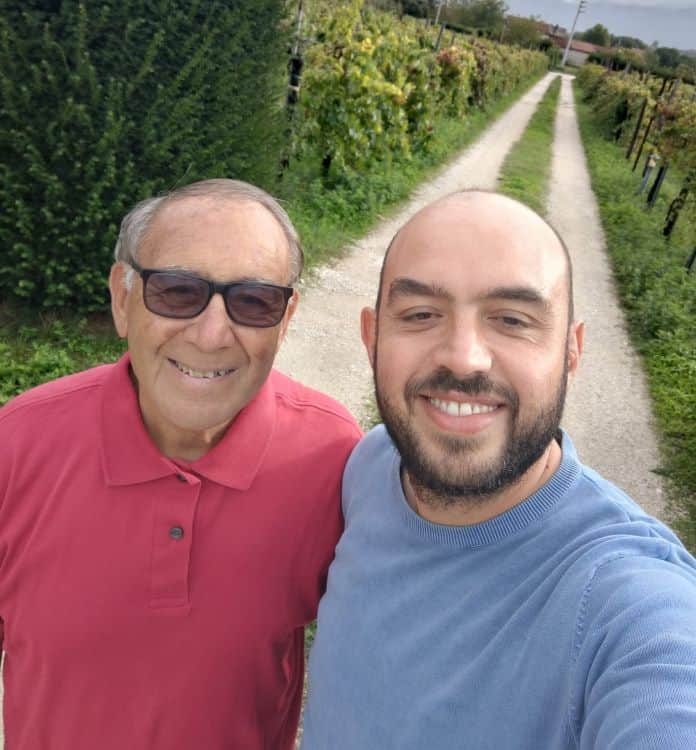
The generational shift in the Sannio
"When I was little, I’d stick my head into the wine press to arrange the grape skins," recalls Mario Fappiano. "The smell of wine in the cellar has always fascinated me, and it was here, at the age of eight, that I started my apprenticeship." After graduating with a degree in business administration, Mario decided not to leave his hometown, San Lorenzello, and instead revived the family business. "About 10 years ago, I said to my father: ‘What if I take over the management and we renew the company?’ He hugged me, started crying, and said: ‘I’m with you.’" Thanks to new vineyards and a new production philosophy, the winery began to get serious. Fappiano inherited around 20 hectares of vineyards, where he grows the typical varieties of the Sannio: Aglianico, Piedirosso, Fiano, Barbera (or rather, Camaiola), and, of course, Falanghina. This last one, the young winemaker emphasizes, "has everything it takes to become a great Italian white wine," and his recent recognition seems to confirm it. The wine that won the Tre Bicchieri award stands out for its complex notes of dried herbs, citron peel, spices, and a delicate minerality. Even more vibrant on the palate, with a salty streak that extends the finish. It’s a wine that speaks of its territory, the Sannio, where the soil and climate leave an unmistakable signature on the wines. "I’ve always believed in the potential of this grape," he says with enthusiasm.
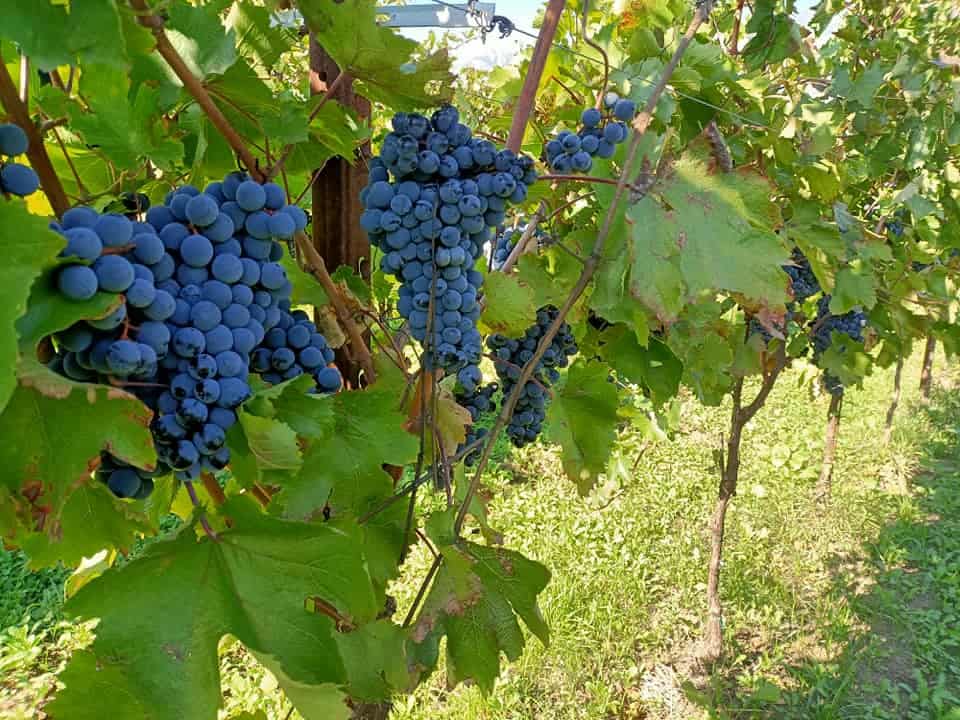
The big bet: Camaiola
It’s not just Falanghina making headlines. Fappiano is equally proud of his reds: the fruit-rich Barbera '21 and the peppery Piedirosso '21, both authentic expressions of a territory that has skillfully enhanced its native varieties. Camaiola, in particular, is a grape that’s experiencing a real revival despite its turbulent history. For years, it was called "Barbera del Sannio," easily confused with the Piedmontese grape – with which it has nothing in common – as Fappiano explains: "They used to mistakenly call it that, but it has nothing to do with Piedmont’s Barbera. Finally, since 2021, we can call it Camaiola (it’s now officially listed in the National Vine and Wine Register; editor’s note), its real name, but the regulations still don’t allow it."
The producer is convinced that Camaiola represents one of the great promises for the future of red wines: "It has an incredible fruitiness, with notes of chocolate and orange peel. It’s perfect for those looking for wines with less developed tannins. The market is heading in that direction." His other reds, like Piedirosso and Aglianico, are also expressions of the Sannio terroir, a region that, thanks to generational change and greater attention to quality, is gaining more and more recognition both nationally and internationally. "We no longer produce just quantity wines, but quality wines. Even Falanghina has shown it can compete with the great Italian whites," Mario adds. And how about Irpinia? "No rivalry, of course they’re better off with DOCG areas, but we’re growing here in the Sannio too."
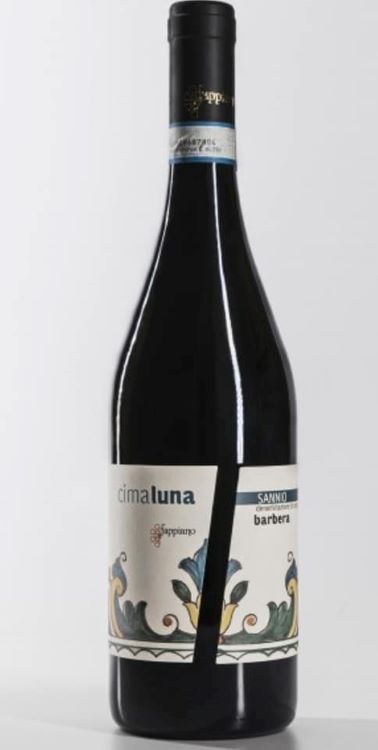
A classic method in the works
Having led the company for over 10 years, the winemaker has modernized every aspect of production, introducing new technologies and microvinifications that allow him to parcel out each batch of grapes, ensuring meticulous quality. By his side is Cristiano Chiloiro, his trusted oenologist, originally from Taranto but now based in the Marche region, with whom he has built a strong professional relationship. "Cristiano is a valuable collaborator. He believed in my project from the start, and together we made the leap in quality," he says.
Even the label design reflects the local tradition, adorned with ceramic motifs created by his friend, ceramist Ottavio Coppola. "I wanted the wine to tell the story of our land, not just through flavors, but also through the craftsmanship of the product." Despite the great progress made, Fappiano says: "Now I want to push myself even harder. When I sent the samples to Gambero Rosso, I thought my wines were ready to take the step, but I never imagined winning on the first try," he admits with a smile and continues, "We’re not anybody’s kids, we come from the land, from the countryside. Stepping into this world quietly is a dream for us. But it’s just the beginning."
The company already has new projects in the pipeline, including the production of a 100% Falanghina Classic Method sparkling wine, to be released at Easter, and two reserves: a white and a red, which will be named "Teodora" and "Selva Palladino," in homage to Mario’s mother and the old family vineyard. There’s great determination in this young winemaker, who has humbly transformed a small family vineyard into a benchmark for Sannio winemaking. His goal? "To keep proving myself every year. Maybe with Camaiola."
Azienda Agricola Mario Fappiano - Via Napoli, 4bis - 82030 San Lorenzello (Bn)

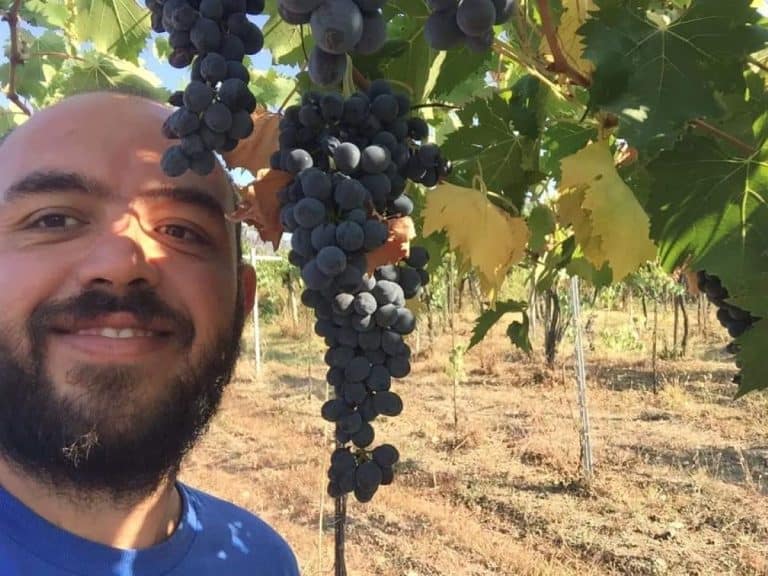
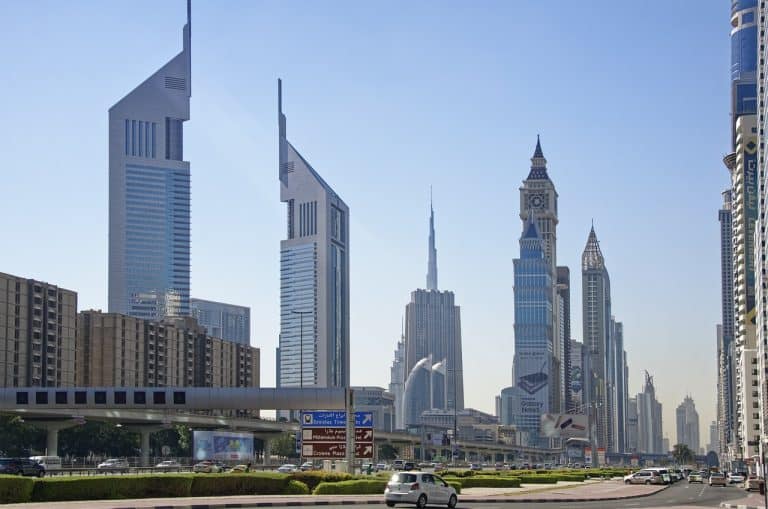 Dubai speaks Italian: a journey through the Emirate's best Italian restaurants
Dubai speaks Italian: a journey through the Emirate's best Italian restaurants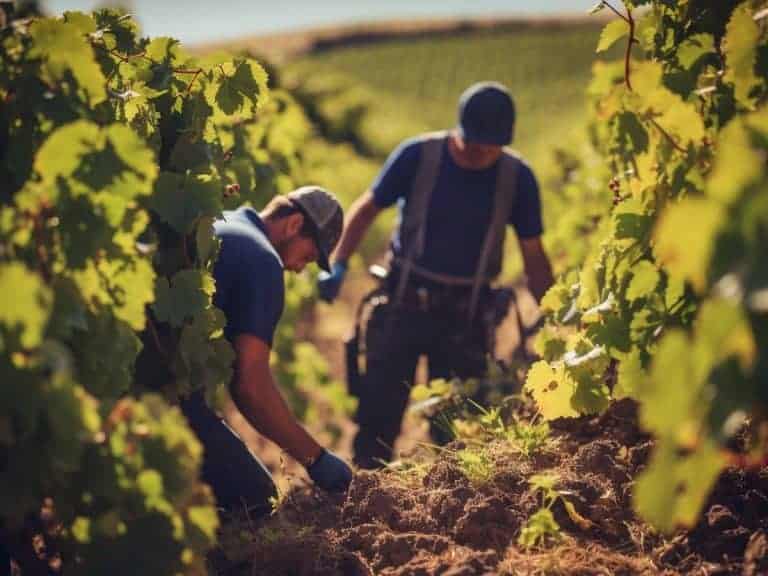 In France, over a thousand winegrowers have decided to abandon wine production
In France, over a thousand winegrowers have decided to abandon wine production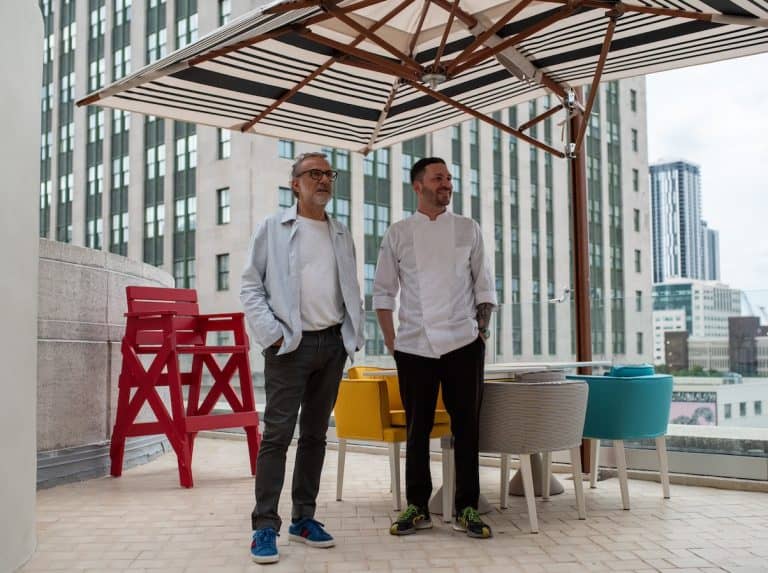 In Miami, a Restaurant Hired a Pair of Grandparents to Hand-Make Tortellini: The Story of Torno Subito
In Miami, a Restaurant Hired a Pair of Grandparents to Hand-Make Tortellini: The Story of Torno Subito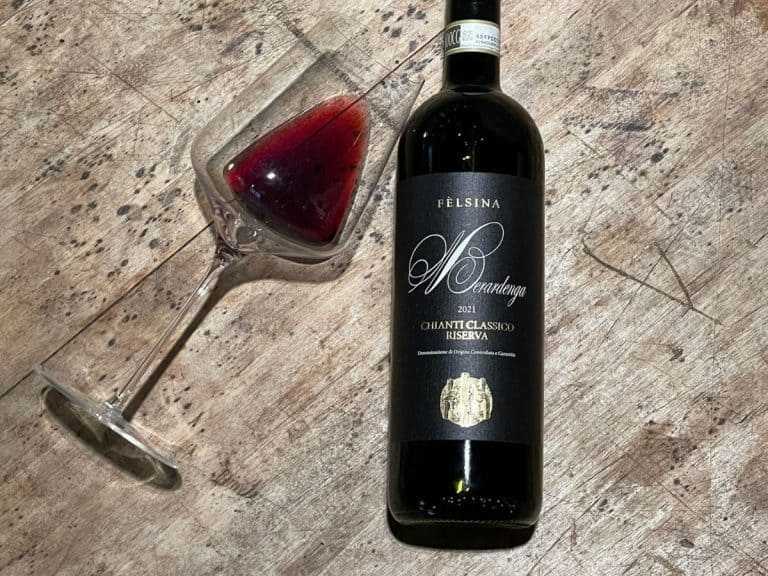 Wine Spectator’s Tuscan focus: All the Italian labels featured in the Top 100
Wine Spectator’s Tuscan focus: All the Italian labels featured in the Top 100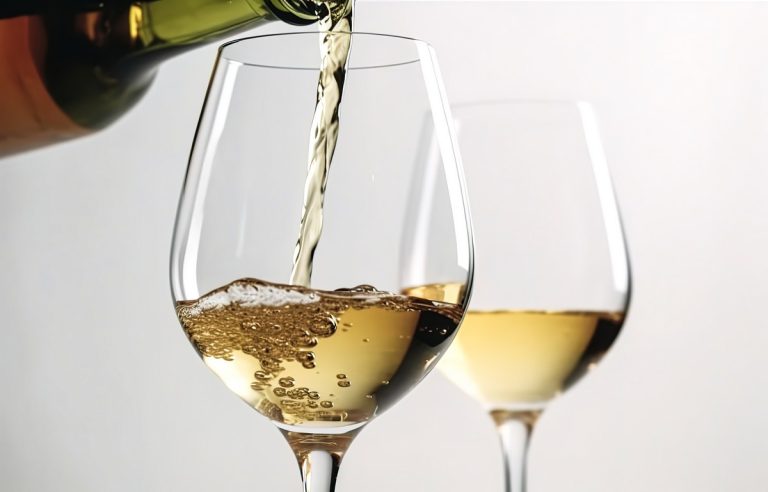 The 8 best Soave wines chosen by Gambero Rosso (with a brand-new entry in the Tre Bicchieri club)
The 8 best Soave wines chosen by Gambero Rosso (with a brand-new entry in the Tre Bicchieri club)